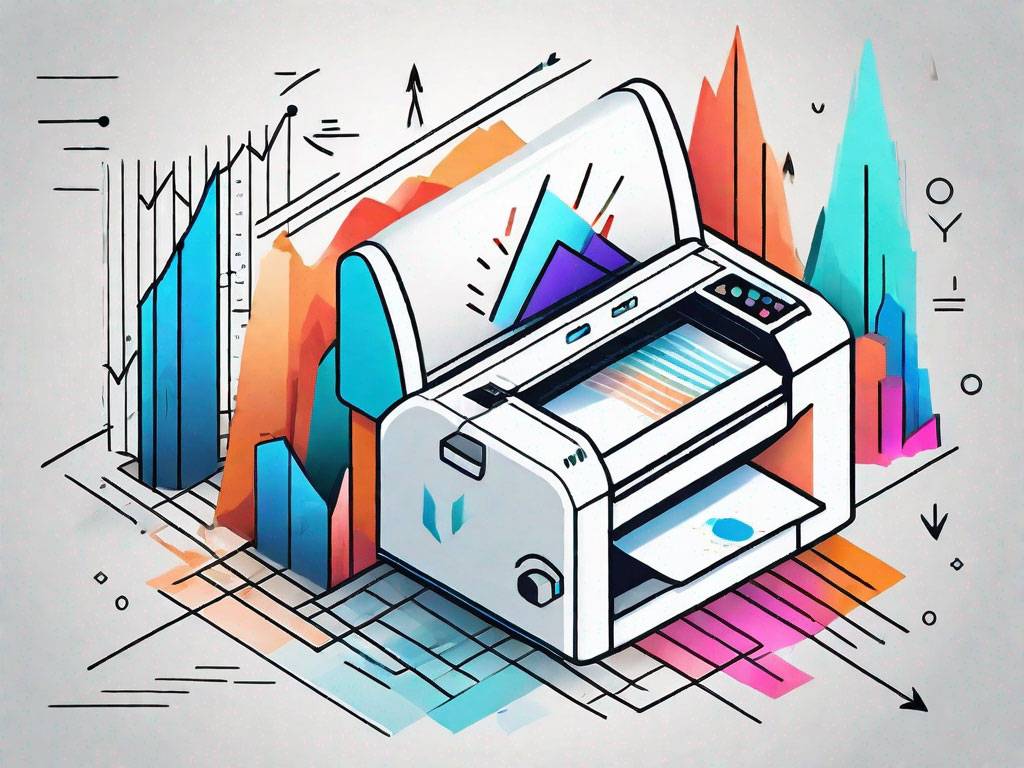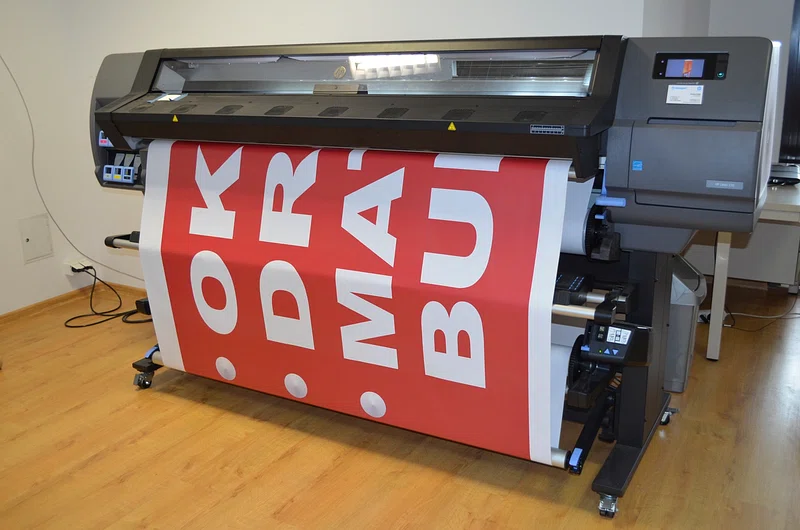The future of online shopping is closely tied to innovations in print on demand.
The future of online shopping is closely tied to innovations in print on demand.
Blog Article
Understanding Exactly How Digital Printing Changes the Printing Industry
The printing sector, long soaked in traditional methods, is going through a radical change with the development of electronic printing. With its possible to stimulate interaction with customized content and to offer sustainable services, it's clear that digital printing is more than a technological breakthrough; it's a pivotal game changer.
The Advancement of Digital Printing: A Quick Overview
Since its beginning, electronic printing has actually gone through significant transformations, continually changing the printing sector. Its advancement started with the development of xerography in the mid-20th century, a process which prepared for printer. With the introduction of the 90s, electronic printing modern technology began to mature, and the sector experienced the introduction of straight imaging presses, which got rid of the need for publishing plates. As the brand-new millennium unfolded, developments in technology better spurred the development of digital printing, leading to the production of high-speed inkjet printers. These gadgets provided premium high quality and speed, permanently changing the landscape of the sector. Today, digital printing stands as a testimony to human development, consistently evolving to satisfy the ever-changing needs of the contemporary world.

Unloading the Technology Behind Digital Printing
Diving into the ins and outs of digital printing technology, one comes across an abundant tapestry of advanced equipment and facility algorithms. At the heart of this process exists an electronic picture, which is refined by software that divides it right into a grid of dots. This intricate system, boosted by innovative software and high-resolution imaging, has changed the landscape of the printing sector, leading the way for unprecedented degrees of information and precision.

The Advantages of Digital Printing for Companies
Understanding the modern technology behind digital printing gives a clear image of its accuracy and detail. For organizations, this equates right into numerous benefits. Digital printing over at this website supplies unmatched rate, enabling firms to satisfy limited due dates without endangering on quality. Next, it minimizes prices as there are no plates or physical setup, making it best for small-volume printing jobs. This innovation provides premium uniformity with each print output, eliminating variations commonly seen in typical methods. Digital printing is environmentally friendly, using less ink and creating less waste. Nevertheless, the complete capacity of digital printing is recognized when utilized for personalization and personalization, a topic that will be covered comprehensive in the following area.
The Role of Digital Printing in Modification and Personalization
While standard printing techniques struggle with modification and personalization, digital printing excels in these locations. It enables the simple alteration of layouts, without the requirement for expensive print on demand and taxing plate modifications (print on demand). This makes it possible for organizations to customize products to private clients, meeting certain requirements and boosting consumer satisfaction
Digital printing likewise permits variable data printing, where elements such as text, graphics, and pictures may be changed from one published item to the next, without reducing the printing process. This is especially advantageous for straight marketing campaigns, where tailored messaging can considerably enhance feedback rates. In this method, electronic printing not only changes the printing industry but likewise changes the means businesses interact with their clients.
Evaluating the Ecological Impact of Digital Printing
Although electronic printing has actually been admired for its role in customization and personalization, it is vital to analyze its ecological influence. Digital printing can be much less wasteful than standard techniques, due to the fact that it operates a 'print as needed' basis, eliminating the need for large print runs that can lead to surplus and waste. In addition, it makes use of less chemicals and generates much less volatile organic compounds (VOCs) contrasted to counter printing. However, the energy usage of digital printers can be high, resulting in enhanced carbon footprint. In addition, using non-recyclable printing components and the obstacle of e-waste management posture substantial ecological issues. While electronic printing has lots of advantages, its ecological influence should be conscientiously taken care of.
Verdict
Finally, electronic printing has changed the printing market, offering fast, cost-effective, and top quality solutions. It assists in personalization, improving customer interaction, and employs a sustainable print-on-demand version. As this technology remains to my link evolve, its effect on business communication, consumer contentment, and environmental sustainability ends up being significantly profound. Comprehending these changes is vital for businesses to take advantage of the advantages of electronic printing efficiently.
Report this page